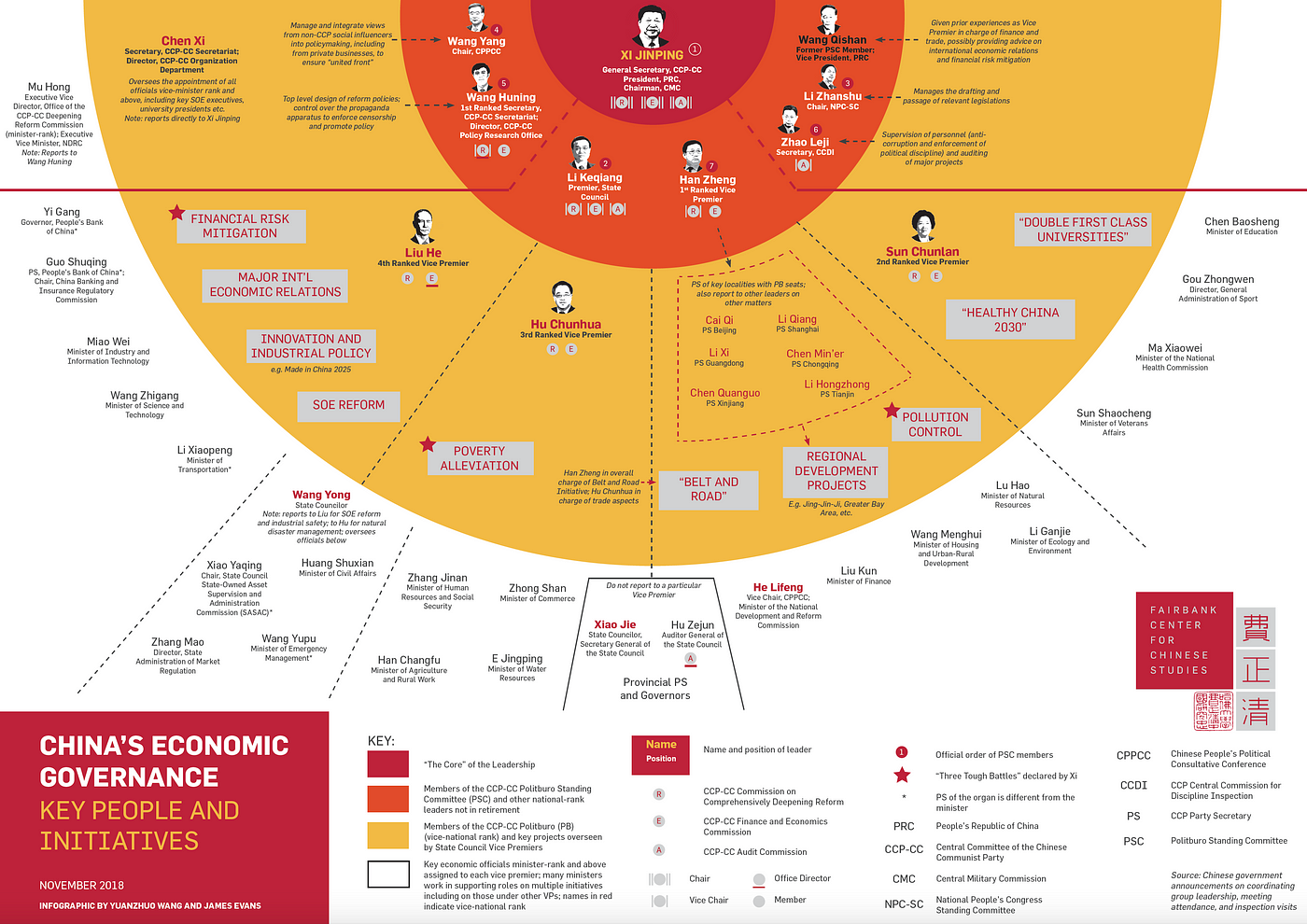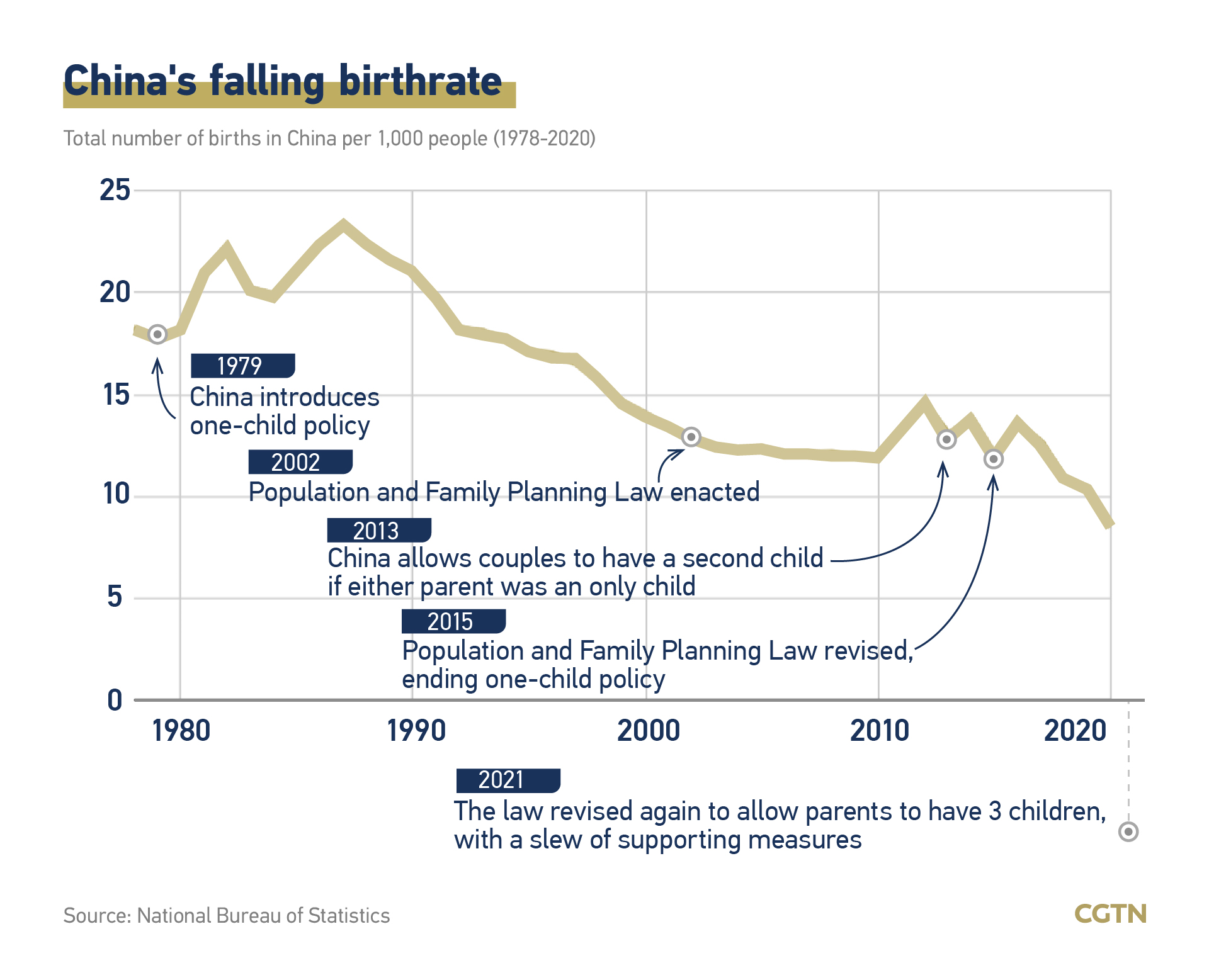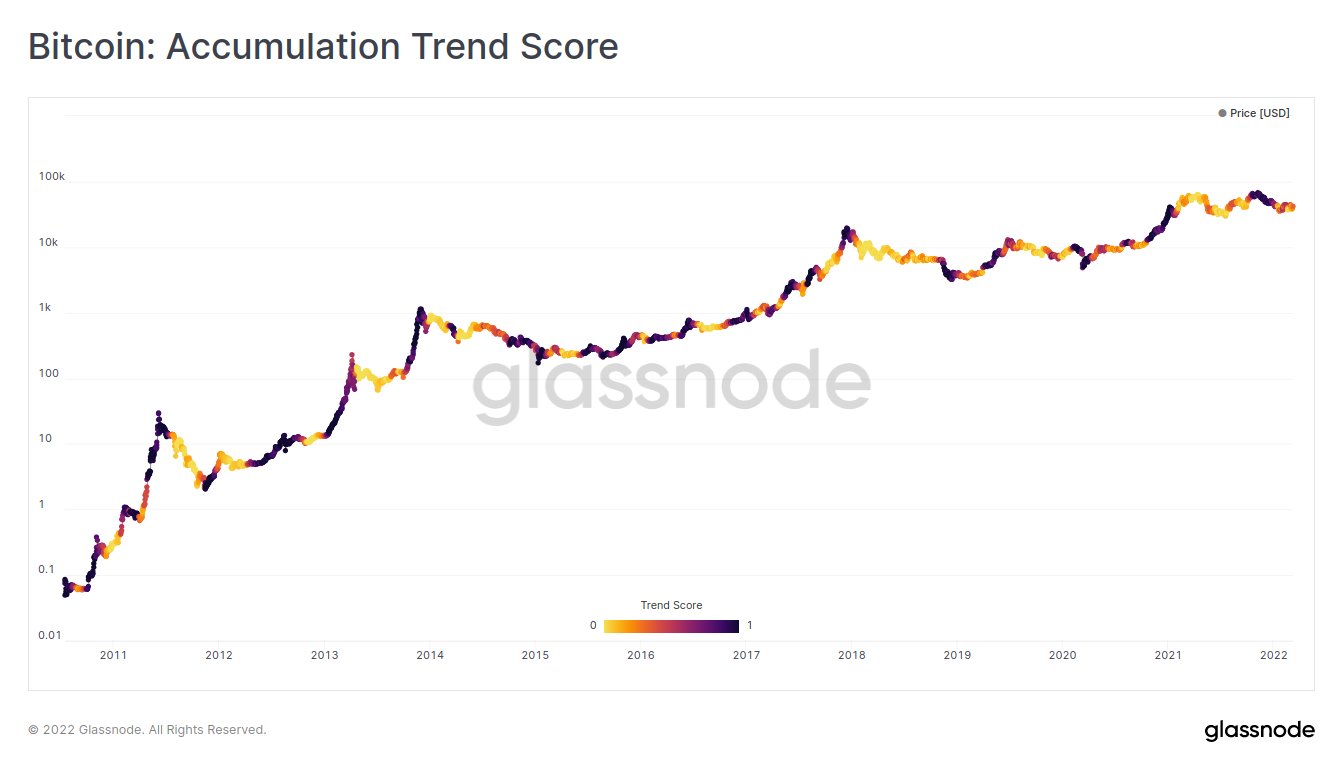Former President Trump has once again doubled down on his protectionist rhetoric, boldly declaring his tariff policies will permanently cement the steel industry’s ‘Made in America’ status. He paints a rosy picture of a manufacturing renaissance, citing states like Pennsylvania, Arkansas, Minnesota, and Indiana as beneficiaries. Let’s be clear: this isn’t just about steel; it’s about a deeply held belief in American self-sufficiency and a direct challenge to decades of global trade norms.
But is it working? Let’s unpack this.
A Quick Primer on Steel Tariffs & Their Impact:
Historically, tariffs – taxes on imported goods – are meant to protect domestic industries by making foreign competition more expensive. In theory, this encourages local production and job creation. However, they can also raise prices for consumers and businesses reliant on steel.
Trump’s tariffs, enacted during his presidency, initially targeted steel and aluminum imports, primarily from China. The intent was clear: boost American steelmakers. The rationale centers on national security, arguing a robust domestic steel industry is critical for defense production.
However, the economic effects are…complicated. While some steel plants did see increased production and hiring, other sectors that use steel – like auto manufacturing and construction – faced higher costs and potential trade retaliations from other countries. It’s a classic example of unintended consequences.
Furthermore, increased domestic steel prices didn’t necessarily translate to widespread wage increases for steelworkers. Profit margins often went to shareholders, not the factory floor. This highlights a critical flaw in simplistic ‘Made in America’ narratives – protectionism isn’t a guaranteed path to prosperity for all.
Now, the question is whether this strategy can truly deliver a long-term, sustainable revitalization of the American steel industry or if it’s merely a political soundbite masking a complex economic reality. The jury is still out, and frankly, the situation demands a far more nuanced analysis than simple patriotic pronouncements.







